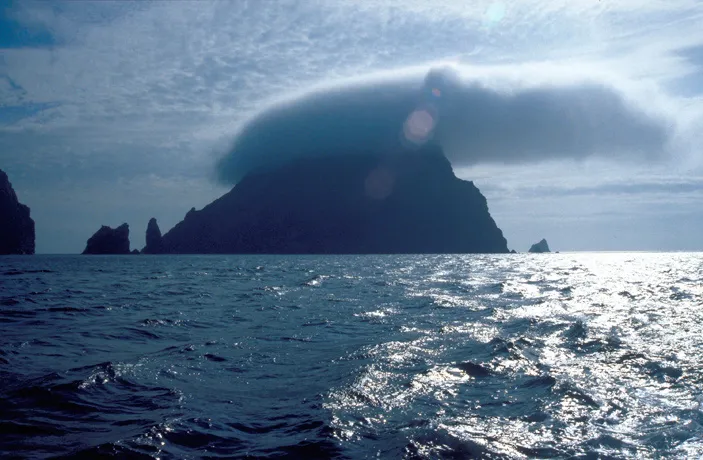St. Kilda, United Kingdom

The St. Kilda site in the United Kingdom was inscribed on the World Heritage List in 1986. The volcanic archipelago and surrounding marine waters have some of the highest cliffs in Europe and host large colonies of rare and endangered birds. The seabird breeding populations form one of the largest concentrations in the North Atlantic, including a colony of fulmars (Fulmarus glacialis), the world's largest colony of gannets (Morus bassanus), and about 50 percent of the British population of puffins (Fratercula arctica).
Today, over 40 World Heritage sites are listed for their marine values. Together, they can be considered the "Crown Jewels of our Ocean" and are recognized for their outstanding beauty, exceptional biodiversity, or unique ecological, biological, or geological processes. Learn more about this and other marine World Heritage sites.

